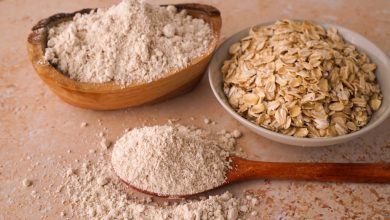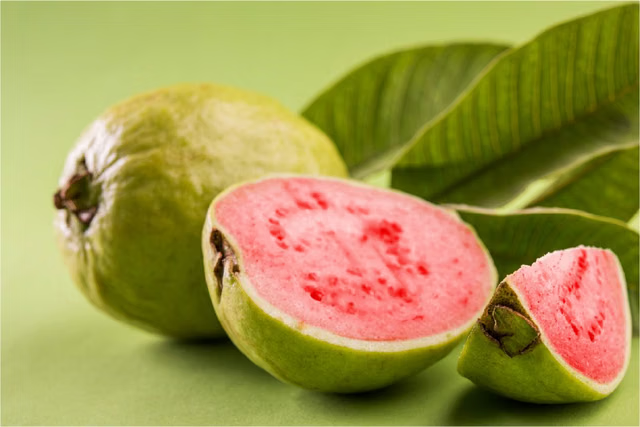Sorghum Grain: Nutritional Profile and Health Benefits
Sorghum, an ancient grain that has gained recognition for its nutritional benefits and versatility in cooking, is packed with essential nutrients and offers numerous health benefits. Rich in fiber, proteins, and several vital minerals, sorghum is a fantastic addition to any diet, whether you’re following a specific eating plan or simply looking for a nutritious alternative to common grains like wheat or rice.
Nutritional Information (per 100g of sorghum grain):
| Nutrient | Amount |
|---|---|
| Energy | 329.0 kcal |
| Protein | 10.62 g |
| Total Fat | 3.46 g |
| Saturated Fat | 0.61 g |
| Carbohydrates | 72.09 g |
| Fiber | 6.7 g |
| Sugar | 2.53 g |
| Calcium | 13.0 mg |
| Iron | 3.36 mg |
| Magnesium | 165.0 mg |
| Phosphorus | 289.0 mg |
| Potassium | 363.0 mg |
| Sodium | 2.0 mg |
| Zinc | 1.67 mg |
| Copper | 0.284 mcg |
| Manganese | 1.605 mg |
| Selenium | 12.2 mcg |
| Vitamin C | 0.0 mg |
| Thiamin (B1) | 0.332 mg |
| Riboflavin (B2) | 0.096 mg |
| Niacin (B3) | 3.688 mg |
| Vitamin B6 | 0.443 mg |
| Folate | 20.0 mcg |
| Vitamin B12 | 0.0 mcg |
| Vitamin A | 0.0 mcg |
| Vitamin E | 0.5 mg |
| Vitamin D2 | 0.0 mcg |
Health Benefits of Sorghum
Sorghum is an excellent source of plant-based protein with 10.62 grams per 100 grams, making it a beneficial food choice for vegetarians and those looking to increase their protein intake. Its high fiber content (6.7 grams) supports digestive health and can help manage blood sugar levels, making it a suitable grain for individuals with diabetes or those seeking to regulate their weight.
With magnesium (165 mg), phosphorus (289 mg), and potassium (363 mg), sorghum helps support heart health, bone strength, and muscle function. The mineral iron (3.36 mg) also promotes healthy red blood cell production and can combat anemia.
Sorghum as a Gluten-Free Grain
Sorghum is naturally gluten-free, making it an ideal alternative for individuals with celiac disease or those following a gluten-free diet. It can be used in a wide range of dishes, from gluten-free bread and pasta to porridge and salads.
Cooking with Sorghum
Sorghum can be cooked similarly to other grains, and it adds a nutty flavor and chewy texture to a variety of dishes. It can be used in savory or sweet preparations, from soups and stews to desserts like sorghum pudding or flour-based cookies.
Conclusion
Incorporating sorghum grain into your meals provides a nutrient-dense, versatile alternative to common grains. Whether you’re looking to improve digestive health, manage blood sugar, or simply explore new culinary possibilities, sorghum is an excellent addition to your kitchen.










